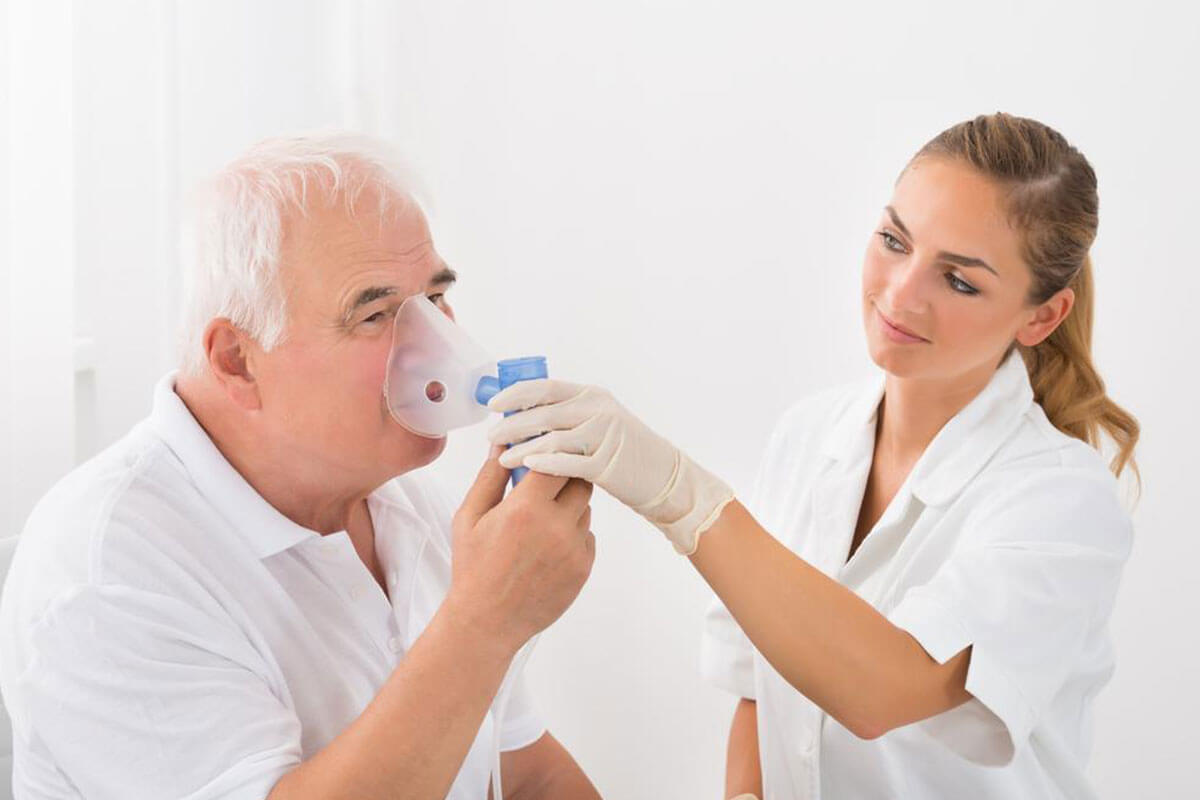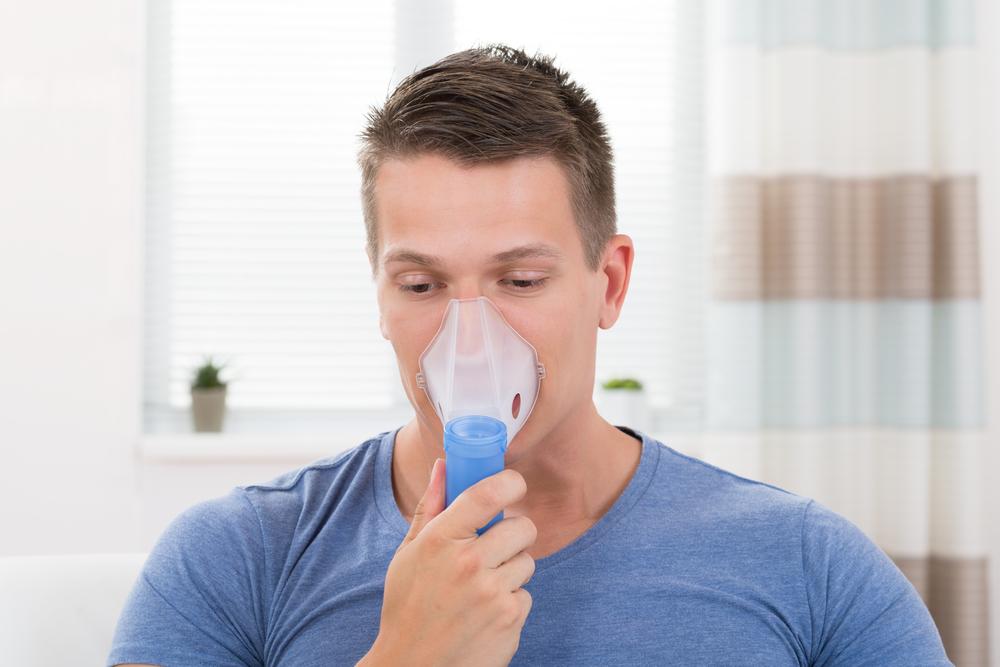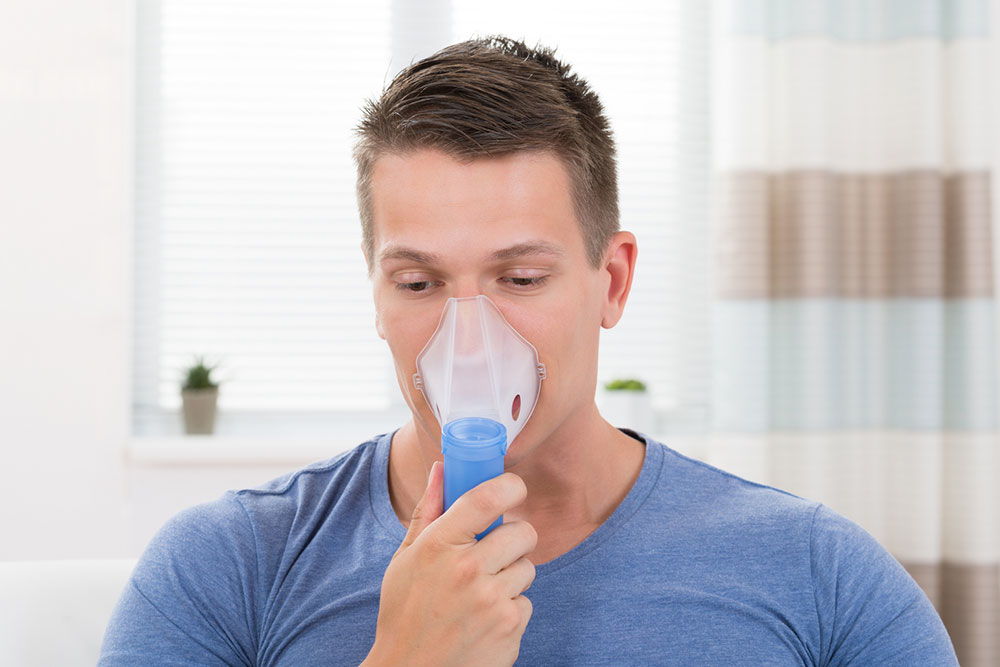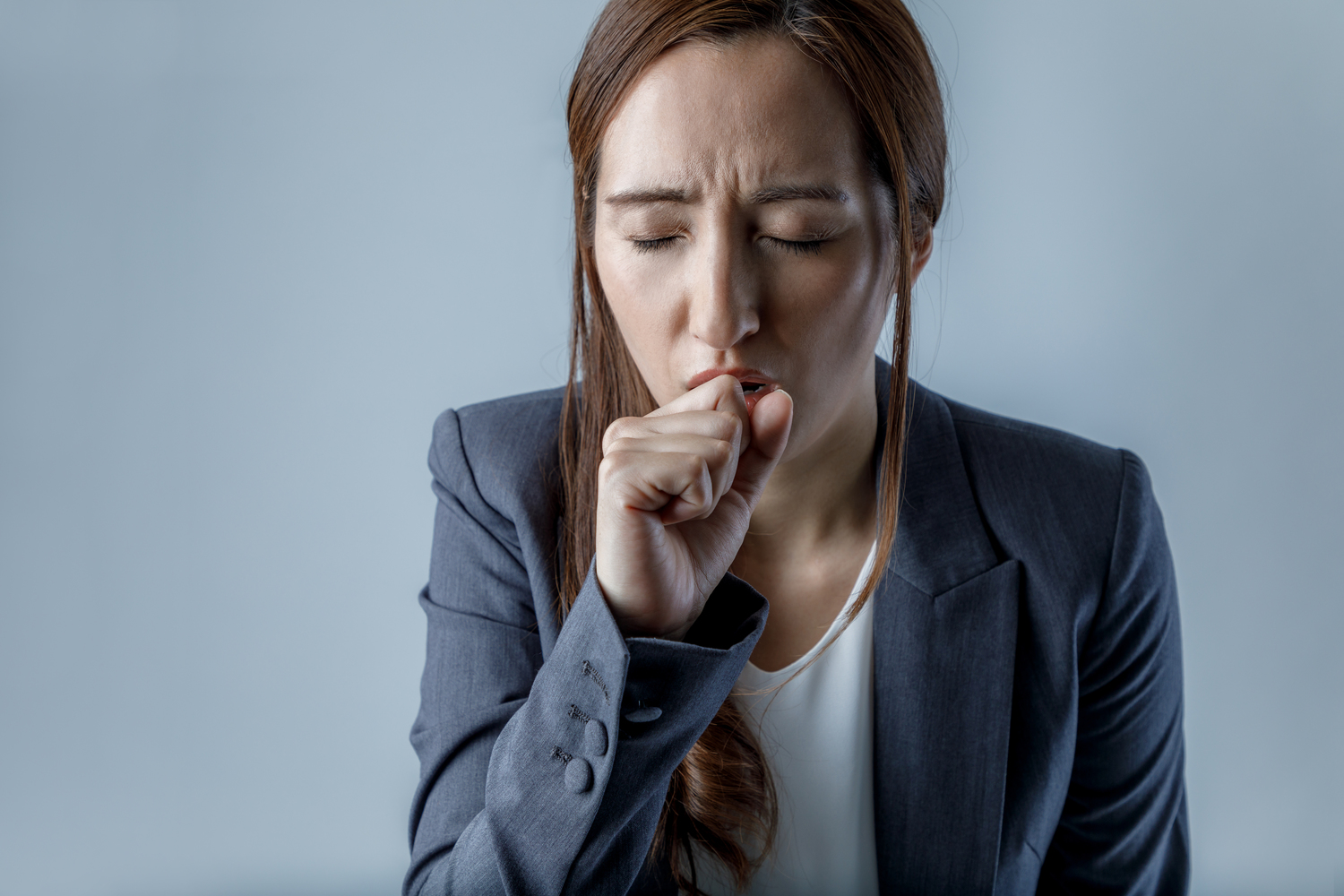Recognizing Emphysema: Key Signs and Symptoms
Emphysema is a progressive lung disease caused by long-term exposure to irritants like cigarette smoke and industrial fumes. It leads to difficulty breathing, persistent cough, chest tightness, and potential complications such as lung collapse. Recognizing early signs and avoiding environmental irritants are vital for prevention and management.
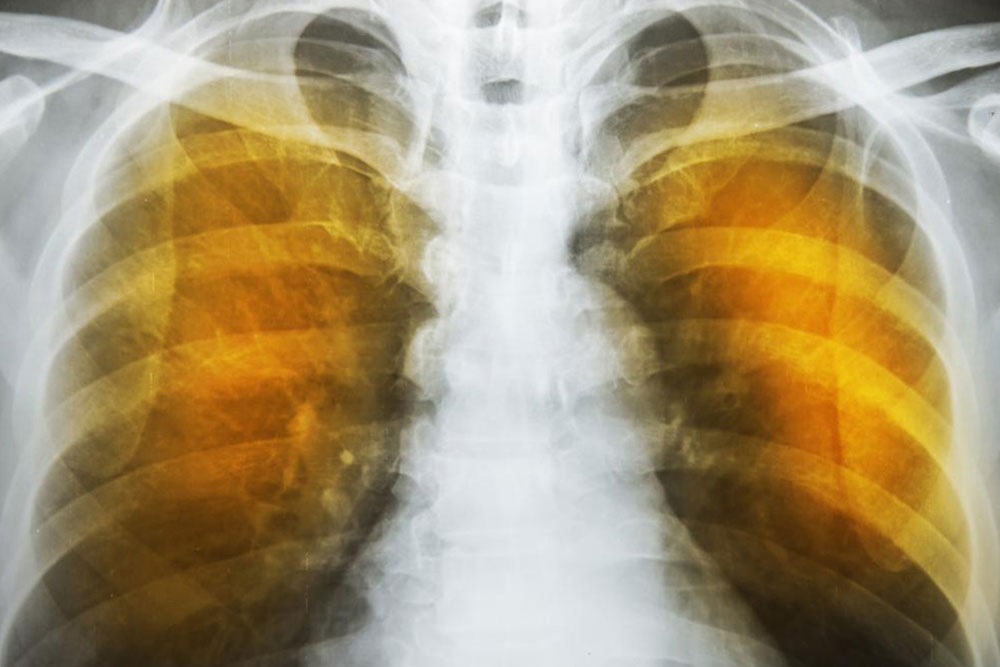
Emphysema develops over time due to prolonged exposure to irritants like cigarette smoke, environmental fumes, or industrial chemicals. These substances cause the bronchiole muscles to tighten and become permanently contracted. The lining of the bronchioles responds by secreting mucus to trap irritants, inhibiting airflow into the lungs. Forceful coughing then attempts to clear the mucus, which can sometimes cause alveoli to rupture due to increased pressure. The damage results in decreased lung elasticity and reduced airflow, leading to symptoms such as wheezing, chest tightness, difficulty breathing, and persistent cough. Early stages may go unnoticed, but worsening symptoms include fatigue, bluish lips and nails, recurrent infections, and weight loss. Severe emphysema can cause big air pockets in the lungs called bullae and may require surgical intervention. Avoiding irritants is crucial for prevention.
Chronic exposure to irritants damages lung tissue
Symptoms include coughing, wheezing, and breathlessness
Advanced cases may require oxygen therapy or surgery
Preventative measures focus on avoiding harmful fumes


